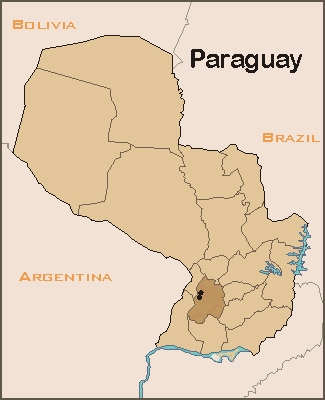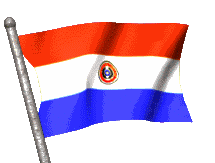Paraguay

LAMP - PA
The data in LAMP-Paraguay Database (LAMP-PA) were gathered in 1999 in two communities. For confidentiality reasons, we preserve community names.
The surveys in Paraguay were designed and implemented by the project “Dynamics and Impact of International Migration from Paraguay to Argentina,” funded by a grant from the Mellon Foundation through LAMP. Marcela Cerrutti (Centro de Estudios de Población -CENEP, Buenos Aires) and Emilio Parrado (University of Pennsylvania, Sociology Department) are the principal investigators of this project. If you use the Paraguay data, we have suggestions on how to give proper credit. Please click here to find out more.
The Paraguay surveys were designed based on the MMP/LAMP model, but with important modifications. For example, data were equally collected on the male and female householder, without focusing on a household head as in the MMP/LAMP surveys. In addition, the surveys included a set of questions on health and pregnancy. Given these and other differences, we have not processed the data to make it compatible with the rest of the LAMP databases.
Instead, we offer the Paraguay data as an access file in which each table corresponds to a form in the questionnaire. Text variables (occupations and places) have not been coded, and there is no sampling information available. (i.e., no weights are provided) The user can download the access file, as well as the questionnaire and the codebook for each table. The questionnaire and the codebooks are only available in Spanish.
Surveyed Communities
Communities 1 & 2 - 149 households and 150 households (respectively) in Paraguay and a total of 70 households interviewed in Buenos Aires, Argentina.
The two surveyed communities are located in the Department of Paraguarí, two hours south of the capital city of Asunción. The communities are dominated by agricultural activities. The first community is more developed and combines agriculture with a well-established commercial system that significantly contributes to the family economy. The second community is more exclusively tied to subsistence agriculture. The communities include both urban and rural populations. The urban population corresponds to the area around the center of the town with higher population density and more commercial activity, as well as better transportation channels. The rural areas are further from downtown, and limited in their access by the poor quality of mainly dirt roads. According to the 1991 Paraguayan Census the communities had 28,000 and 11,000 inhabitants, respectively.


